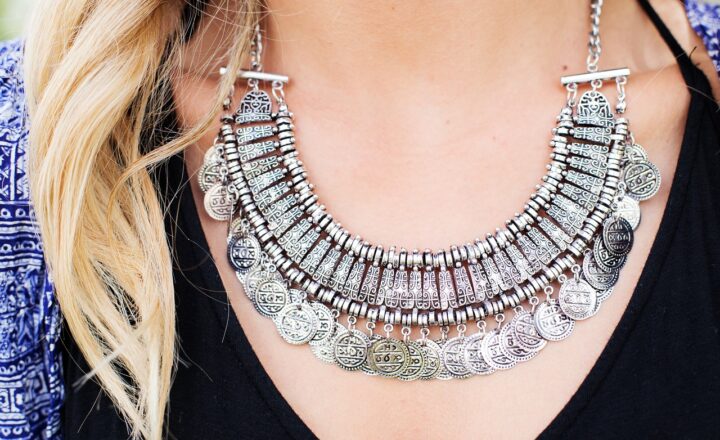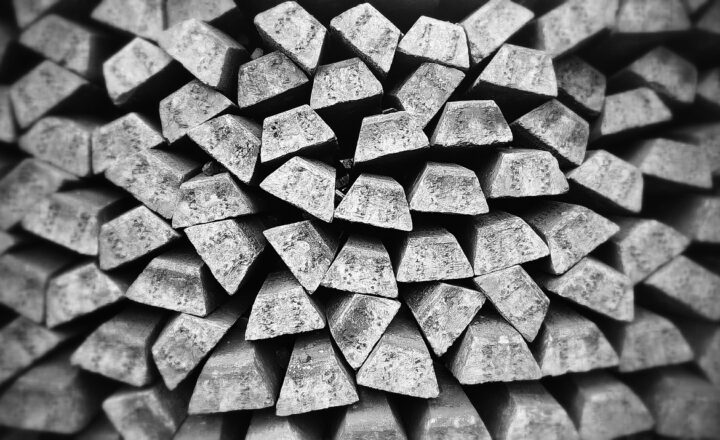The Healing Potential of Silver: Ancient Practices and Modern Medicine Unite
November 14, 2024

Silver has long been revered not only for its beauty but also for its renowned healing properties. Ancient civilizations utilized this precious metal as a remedy for various ailments, while modern medicine has begun to rediscover its unique attributes in the fight against infections and disease. This article delves into the history of silver in healing practices, its scientific backing today, and how it has been integrated into modern medical applications.
1. A Glimpse into Ancient Practices
Silver’s medicinal use dates back thousands of years. Ancient Egyptians, Greeks, and Romans all recognized its benefits for health and hygiene. Silver has been used in various forms, from coins and utensils to wound dressings.
- Ancient Egypt: Egyptians employed silver to fight infections and preserve food. The ancient practice of placing silver objects in water to purify it was quite common.
- Greece and Rome: The Greeks used silver as an anti-inflammatory agent, while the Romans adorned themselves with silver jewelry not just for aesthetics, but also for its believed health benefits.
- Traditional Chinese Medicine: Silver has also found its way into traditional healing practices throughout Asia, where it was viewed as a means to balance the body’s energies and improve health.
As civilizations advanced, silver’s role in medicine continued to grow, paving the path towards modern understanding.
2. The Science Behind Silver’s Healing Properties
In modern science, the antimicrobial properties of silver are well-documented. Silver ions exhibit strong antibacterial activity that can combat a wide array of pathogens, including bacteria, fungi, and viruses. This property is what makes it a valuable resource in both pharmaceutical and medical fields.
- How Silver Works: Silver ions can penetrate bacterial cells and interfere with their metabolism, leading to cell death. This process does not seem to create resistance in bacteria, making it a favored option for treating infections without the drawbacks associated with conventional antibiotics.
- Medical Uses of Silver: Today, silver is integrated into wound dressings, catheter coatings, and even surgical instruments, reflecting modern medicine’s embrace of ancient wisdom. Studies have shown that silver-sulfadiazine cream is effective in treating burn wounds, reducing infections, and promoting faster healing.
These scientific understandings validate ancient practices with a modern twist, revealing silver’s enduring legacy in health care.
3. Silver in Modern Medicine: Applications and Innovations
As research into the healing properties of silver continues, innovative applications have emerged in clinical settings. Here are some notable developments:
- Antimicrobial Dressings: Silver-infused dressings are commonly used in hospitals to promote healing in burn patients and surgical wounds. These dressings provide a sustained release of silver ions, reducing infections and healing time.
- Silver Nanoparticles: The use of silver nanoparticles in topicals and coatings demonstrates heightened antibacterial efficacy and minimal toxicity, leading to experimental treatments in cosmetics and therapeutic agents.
- Dental Uses: Silver diamine fluoride is a promising product in dentistry, used for cavity prevention and to halt the progression of dental caries without invasive treatment.
- Medical Devices: Silver coatings on catheters and other implants reduce infection risks significantly, showing a decrease in biofilm formation and other complications associated with device use.
These innovations attest to the symbiosis of ancient practices and contemporary therapeutic needs, ensuring that silver remains at the forefront of medical technology.
4. Challenges and Considerations
Despite its potential, there are challenges associated with silver’s usage in medicine. Some of these include:
- Potential Toxicity: Although silver has demonstrated minimal toxicity at low concentrations, excessive exposure can lead to silver accumulation in the body, resulting in a condition known as argyria (which turns the skin blue-grey). Ensuring the balance between efficacy and safety remains a priority for research and regulatory bodies.
- Resistance Issues: While bacterial resistance to silver is less common, it does occur. Continued use without monitoring may eventually lead to diminished effectiveness in certain strains.
- Regulatory Considerations: As with any substance used in medical applications, silver products must undergo rigorous assessments to ensure they meet safety and efficacy standards.
Addressing these concerns is essential for the continued integration of silver into therapeutic practices, negating risks while maximizing benefits.
5. Conclusion: A Timeless Ally in Healing
The healing potential of silver is a testament to the interplay between ancient knowledge and modern scientific research. With thousands of years of history behind it, silver’s role in healing continues to evolve, finding its place in contemporary medicine and showing promise in addressing current health challenges.
As we move toward more integrated healthcare approaches, the incorporation of silver offers new opportunities for effective treatments that honor the wisdom of the past while innovating for the future. Whether utilized in wound care, medical devices, or alternative therapies, silver remains a steadfast ally in the ongoing journey of healing.
If you’re interested in exploring natural healing and the role of time-tested practices in modern medicine, consider looking at the history of silver and its practical applications in your health regimen today.







